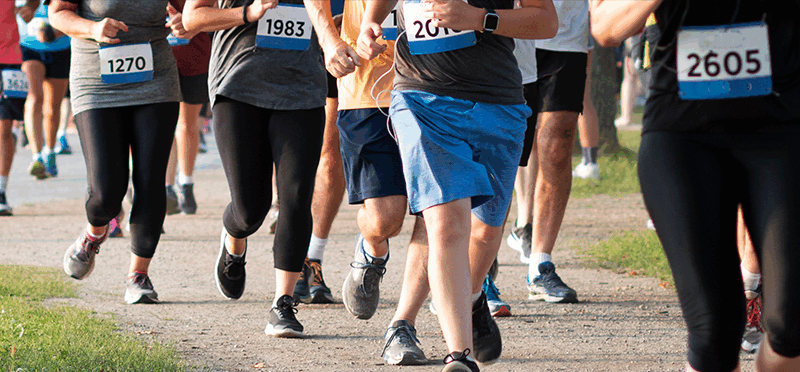How to Build a Cardio Routine
Posted on August 22, 2025 by Tanner Neuberger, PT, DPT, TDN Level 1
Cardiovascular health is vitally important in any training program. Less than 50% of adults in the US are meeting the...
(more…)











